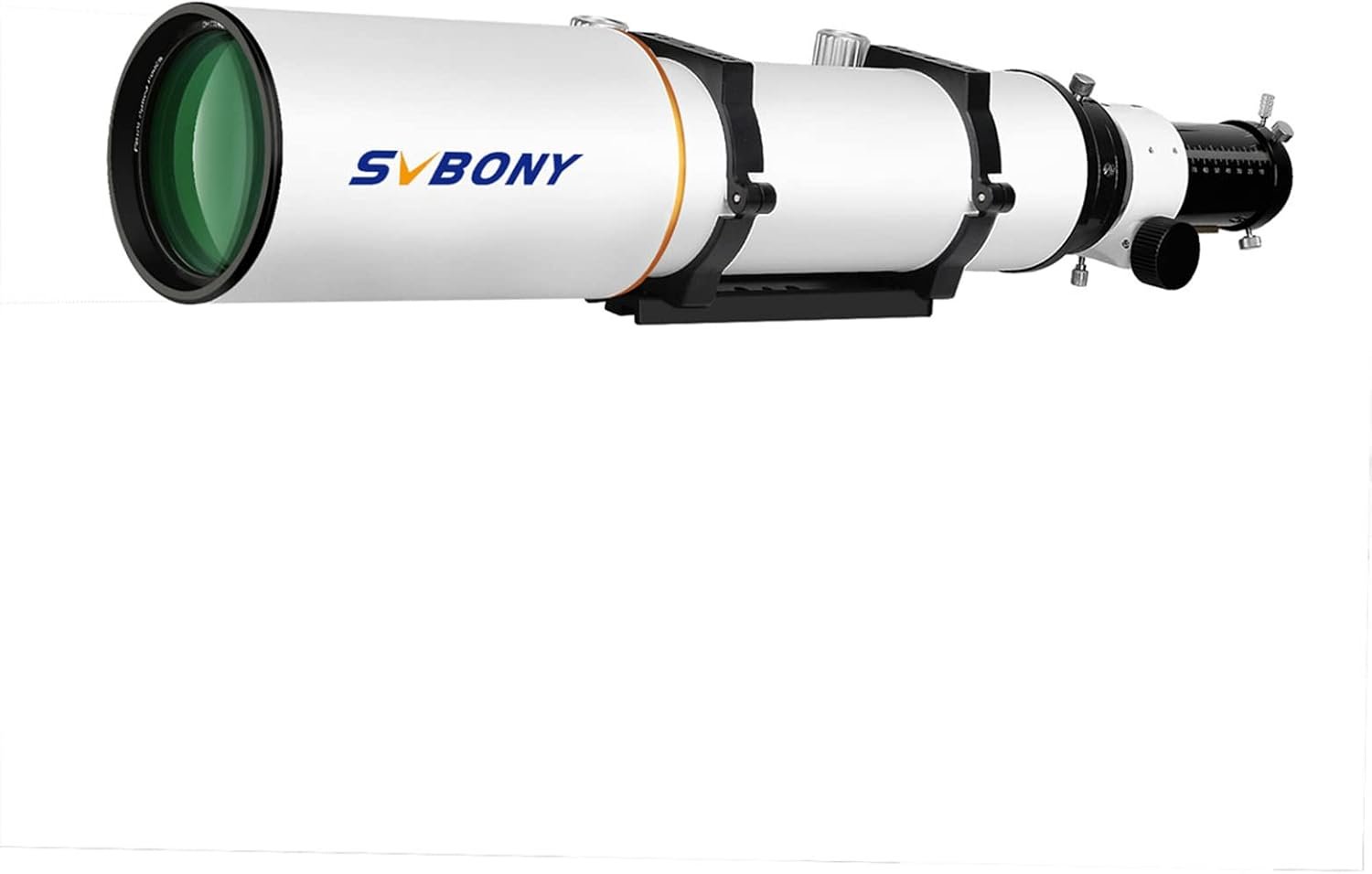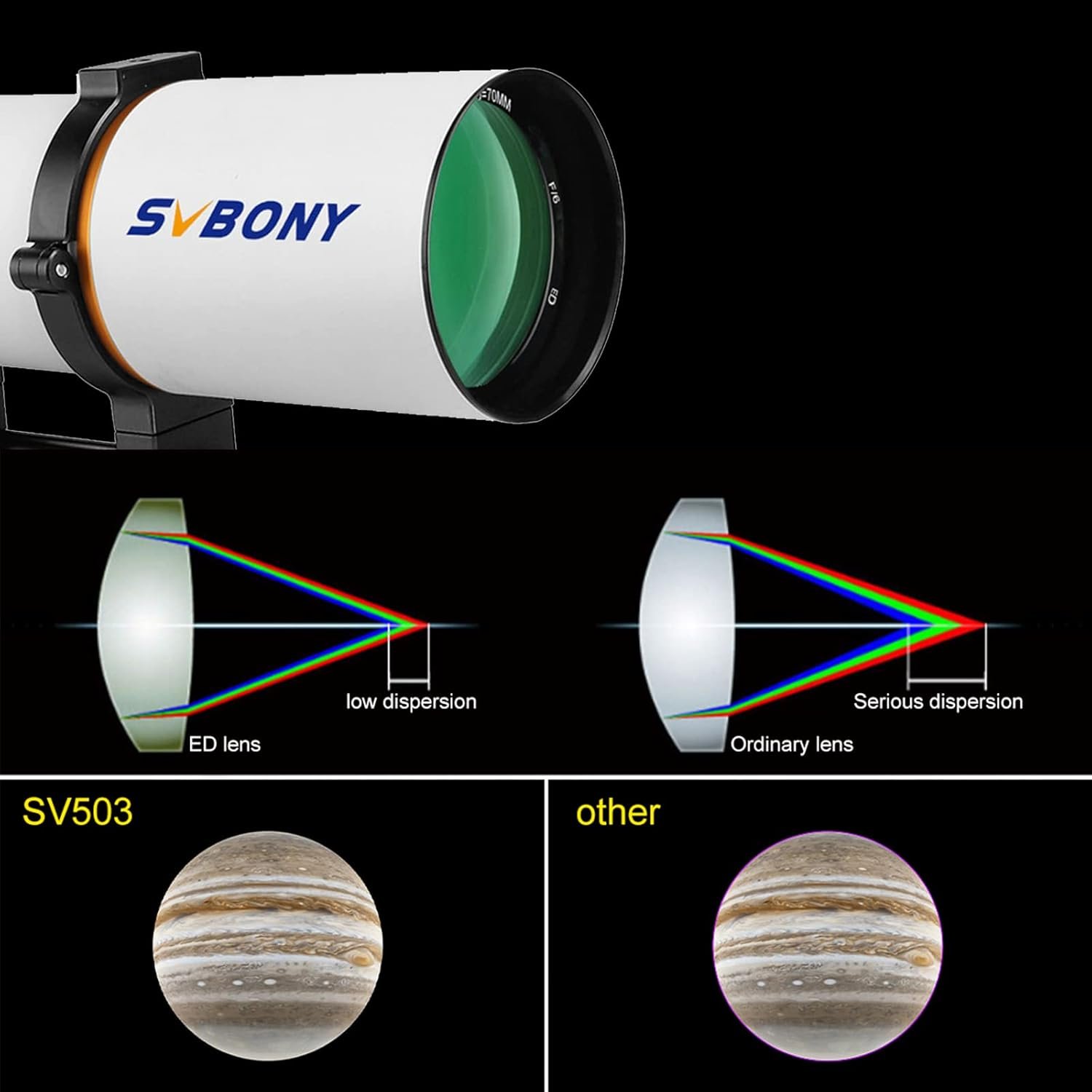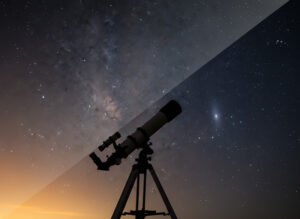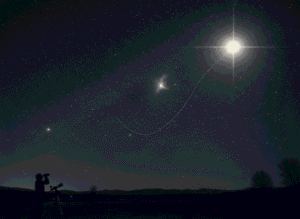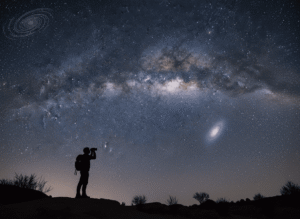Jupiter, the largest planet in our solar system, has long fascinated astronomers and stargazers alike. With its vibrant colors, swirling storms, and mysterious moons, Jupiter offers a wealth of beauty and intrigue for those who have the opportunity to observe it. One of the best ways to explore the wonders of Jupiter is through the use of a telescope. By magnifying the planet’s features and bringing them closer to our eyes, a telescope allows us to appreciate the intricate details and breathtaking sights that Jupiter has to offer.
Key Takeaways
- Jupiter is a fascinating planet to explore with a telescope.
- Understanding Jupiter’s size and distance from Earth is important for successful viewing.
- Telescope magnification and aperture play a crucial role in observing Jupiter’s features.
- The best time and location to observe Jupiter with a telescope can vary depending on various factors.
- Filters and eyepieces can enhance your viewing experience of Jupiter.
Understanding Jupiter’s Size and Distance from Earth
Jupiter is an enormous planet, with a diameter of about 86,881 miles (139,822 kilometers). To put that into perspective, Jupiter is more than 11 times the diameter of Earth. Despite its massive size, Jupiter is also quite far from Earth. On average, it is about 484 million miles (778 million kilometers) away from us. This distance can vary depending on the positions of Earth and Jupiter in their respective orbits around the Sun.
The size and distance of Jupiter from Earth have a significant impact on the viewing experience through a telescope. Due to its distance, Jupiter appears relatively small in the night sky when viewed with the naked eye. However, when observed through a telescope, its size becomes more apparent as we are able to see its intricate cloud bands and other features in greater detail.
The Importance of Telescope Magnification and Aperture in Viewing Jupiter
When it comes to observing Jupiter with a telescope, two important factors to consider are magnification and aperture. Magnification refers to how much larger an object appears when viewed through a telescope compared to the naked eye. Aperture, on the other hand, refers to the diameter of the telescope’s main lens or mirror.
Choosing the right telescope for observing Jupiter depends on finding a balance between magnification and aperture. A higher magnification allows for a closer view of Jupiter’s features, but it can also make the image appear dimmer and less sharp. On the other hand, a larger aperture allows more light to enter the telescope, resulting in a brighter and clearer image. However, telescopes with larger apertures tend to be bulkier and more expensive.
Finding the Best Time and Location to Observe Jupiter with a Telescope
To get the best view of Jupiter through a telescope, it is important to choose the right time and location for observation. Jupiter is visible in the night sky for most of the year, but its visibility varies depending on its position in relation to Earth and the Sun.
The best time to observe Jupiter is when it is at opposition, which occurs when Earth is directly between Jupiter and the Sun. During opposition, Jupiter is at its closest point to Earth, making it appear larger and brighter in the night sky. This usually happens once every 13 months.
In terms of location, it is best to find a spot away from city lights and light pollution. This will ensure a clearer view of Jupiter and its features. Additionally, using a star chart or a smartphone app can help locate Jupiter in the night sky.
Identifying Jupiter’s Features: The Great Red Spot, Cloud Bands, and Moons
One of the most iconic features of Jupiter is the Great Red Spot, a massive storm that has been raging for centuries. This storm is so large that it could fit two or three Earths inside it. When observing Jupiter through a telescope, the Great Red Spot appears as a distinct oval-shaped feature with a reddish hue.
In addition to the Great Red Spot, Jupiter’s cloud bands are also visible through a telescope. These bands are made up of different layers of clouds that move at different speeds, creating intricate patterns on the planet’s surface. The cloud bands appear as alternating light and dark stripes, with the lighter bands known as zones and the darker bands known as belts.
Jupiter is also known for its numerous moons, the four largest of which are known as the Galilean moons. These moons, named after their discoverer Galileo Galilei, are Io, Europa, Ganymede, and Callisto. Through a telescope, these moons can be seen as small points of light orbiting around Jupiter.
Tips for Enhancing Your Viewing Experience: Filters and Eyepieces

To enhance the viewing experience when observing Jupiter through a telescope, there are a few accessories that can be used. Filters are one such accessory that can help bring out more details on the planet’s surface. For example, a red filter can enhance the visibility of the Great Red Spot, while a blue filter can bring out the cloud bands.
Eyepieces are another important accessory to consider. Different eyepieces offer different levels of magnification, allowing for a closer view of Jupiter’s features. It is recommended to have a range of eyepieces with varying magnifications to suit different observing conditions.
Comparing Different Types of Telescopes for Viewing Jupiter
When it comes to choosing a telescope for observing Jupiter, there are several types to consider. Refractor telescopes use lenses to gather and focus light, while reflector telescopes use mirrors. Catadioptric telescopes combine both lenses and mirrors to achieve their optical design.
Each type of telescope has its own advantages and disadvantages. Refractor telescopes are known for their crisp and clear images but tend to be more expensive. Reflector telescopes offer larger apertures at a more affordable price but may require more maintenance. Catadioptric telescopes provide a good balance between image quality and portability but can be more complex to set up.
Capturing Images of Jupiter with a Telescope: Astrophotography Techniques
Capturing images of Jupiter through a telescope can be a rewarding experience. To do so, astrophotography techniques are employed to capture the best possible images. One technique is called “lucky imaging,” which involves taking a large number of short exposure images and selecting the sharpest ones to stack together.
Another technique is known as “planetary imaging,” which involves using a camera with a high frame rate to capture video footage of Jupiter. This video footage is then processed using specialized software to create a final image.
It is important to note that capturing high-quality images of Jupiter requires patience, practice, and the right equipment. A stable mount, good tracking, and a high-quality camera are essential for achieving the best results.
Learning More About Jupiter’s Atmosphere and Composition through Telescope Observations
Telescope observations of Jupiter have provided valuable insights into the planet’s atmosphere and composition. By studying the planet’s cloud bands and storms, scientists have been able to learn more about its weather patterns and atmospheric dynamics.
Telescope observations have also revealed the presence of various gases in Jupiter’s atmosphere, such as hydrogen, helium, methane, and ammonia. By analyzing the composition of these gases, scientists can gain a better understanding of the planet’s origins and evolution.
In recent years, telescope observations have also led to exciting discoveries on Jupiter, such as the detection of water vapor in its atmosphere and the identification of potential plumes erupting from its moon Europa. These discoveries highlight the ongoing importance of telescope observations in unraveling the mysteries of Jupiter.
The Joy of Discovering Jupiter’s Beauty with a Telescope
Observing Jupiter through a telescope is an awe-inspiring experience that allows us to appreciate the beauty and complexity of our solar system. From its vibrant colors and swirling storms to its intricate cloud bands and mysterious moons, Jupiter offers a wealth of wonders waiting to be explored.
By understanding the size and distance of Jupiter, choosing the right telescope, and finding the best time and location for observation, we can enhance our viewing experience and uncover the planet’s hidden treasures. Whether it’s capturing stunning images of Jupiter or studying its atmosphere and composition, telescope observations continue to provide valuable insights into this magnificent planet.
So, grab a telescope, find a dark spot away from city lights, and embark on a journey to discover the wonders of Jupiter for yourself. The joy of observing this giant planet through a telescope is an experience that will leave you in awe of the vastness and beauty of our universe.
If you’re interested in exploring more about the wonders of the universe, you might want to check out The Universe Episodes’ blog. They have a fascinating article titled “Unveiling the Mysteries of Saturn’s Rings” that delves into the captivating beauty and scientific significance of Saturn’s iconic rings. Discover the latest research and stunning images captured by space probes, all while gaining a deeper understanding of this celestial phenomenon. To read more, visit The Universe Episodes’ blog.
FAQs
What is Jupiter?
Jupiter is the fifth planet from the sun and the largest planet in our solar system. It is a gas giant and is primarily composed of hydrogen and helium.
Can Jupiter be seen with the naked eye?
Yes, Jupiter can be seen with the naked eye. It is one of the brightest objects in the night sky and is visible to the naked eye as a bright, white, star-like object.
Can Jupiter be seen with a telescope?
Yes, Jupiter can be seen with a telescope. In fact, a telescope is the best way to observe Jupiter and its moons in detail.
What kind of telescope do I need to see Jupiter?
You can see Jupiter with a small telescope, but a larger telescope will provide a better view. A telescope with a minimum aperture of 70mm is recommended for observing Jupiter.
What can I see on Jupiter with a telescope?
With a telescope, you can see Jupiter’s cloud bands, the Great Red Spot, and its four largest moons: Io, Europa, Ganymede, and Callisto.
When is the best time to observe Jupiter?
The best time to observe Jupiter is when it is at opposition, which occurs when Jupiter is directly opposite the sun in the sky. This usually happens once a year and is the best time to observe Jupiter because it is closest to Earth and appears brightest in the sky.
–
My Summary of Exploring Jupiter Through a Telescope
I am fascinated by Jupiter’s vibrant colors, swirling storms, and mysterious moons, making it a captivating subject for telescope observation. Through the article, I learned about the importance of understanding Jupiter’s size and distance, telescope magnification and aperture, the best time and location for observation, identifying Jupiter’s features, and enhancing the viewing experience with filters and eyepieces. The main message highlights the joy and awe of discovering Jupiter’s beauty through a telescope, emphasizing the wealth of wonders waiting to be explored in our solar system.
Benefits of Reading This Article
Reading this article provides valuable insights into exploring Jupiter with a telescope, enhancing our appreciation for the beauty and complexity of our universe. It offers practical tips on choosing the right equipment, finding the best observation conditions, identifying key features of Jupiter, and capturing stunning images through astrophotography techniques. By delving into Jupiter’s atmosphere and composition, we gain a deeper understanding of this giant planet and its significance in our solar system. Overall, this article inspires a sense of wonder and curiosity about the mysteries of Jupiter, encouraging us to embark on our own journey of discovery.
–














